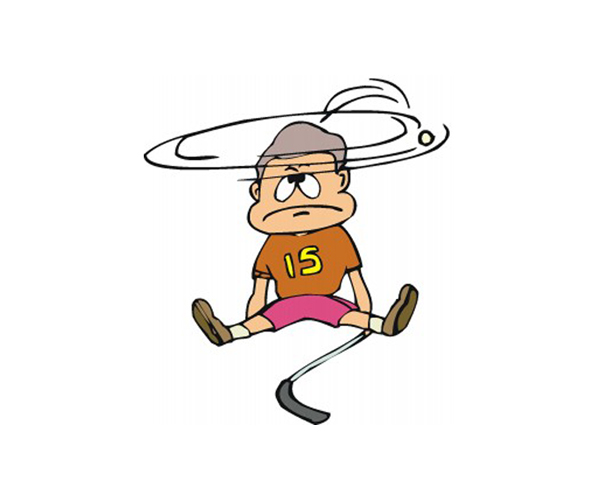While a majority of high school sports occur in the fall and spring, there are large gaps in between the sports each athlete participates for the most part. For avid players that have aspirations to fulfill, many are committed to improving themselves in the preseason of their sport. The most important aspect of this time period is to strengthen their overall ability to prevent injuries that could end your season early if not taken seriously.
It is obvious that athletes must be well conditioned on the track and weight room, but there are other factors that must be taken into consideration when training for your next sport. It is said that the sobriety test given by police works extremely well to judge an athletes balance. Athletes must know their surrounding and how their body must move and how is physically can. You must know how your own personal body is able to move around obstacles without always having your eyes on the object without losing balance or incorrectly judging the space you have. If this is done, you can limit knee, ankle and leg injuries do to incorrectly pivoting, turning, or running around opponents.
Jamie Sledd a physical therapist, states that while training it is important to improve flexibility, strengthen target areas such as ankles, and building a strong core. He stresses the misconception of the definition of the core. While most believe it is the abdominal area and ones back, he says that a large part of the core’s strengths comes from the hips. If they are weak, the lower half of the body is prone to serious injuries such as an ACL tear. He then talks about the education of body players, and more importantly the coach on all aspects of the sport.
Athletes that neglect off season training set themselves up for muscles strains and tendonitis because they place a vast amount of strain on their bodies that they have not been built up to handle the vigorous acts that occur at practice. A young adolescence, up to the junior and seniors in high school, has not have a fully developed body and can strain their bodies easily. One tactic that a coach can do to avoid this impediment is to follow the ten percent rule. If one increases whatever exercise plan by ten percent each week, they can prevent injuries better. A way to judge if one is doing this plan correctly, is if the players reach their ultimate conditioning goal in six to eight weeks, and no sooner.
Long and low intensity workout, building endurance, is the best way to train young athletes. Other valuable strategies coaches can follow, as well as players, are to understand that it is better to under-train than over-train, teach fundamental skills first, and sport specialization is not beneficial until the late teens.
Before games and practices placers should be taken through a set of dynamic warm-ups, such as polymerics that mimic movements that can occur during a game, which activates the nervous system. After the game it is important to cool down the muscle tissue and slow down the blood flow, coaches should emphasis a fifteen minute static stretching session. Athletes should also drink water or sports drinks to recharge the body with electrolytes.
Many different techniques can be considered to prevent injuries. These are a few ways that many can use if serious about being an avid athlete. If one does not do this it won’t limit their talent, but the level at which they can compete and in some cases the duration at which they can participate. All aspects of this should be taken seriously, so all young athletes can thoroughly enjoy the sport they love.
